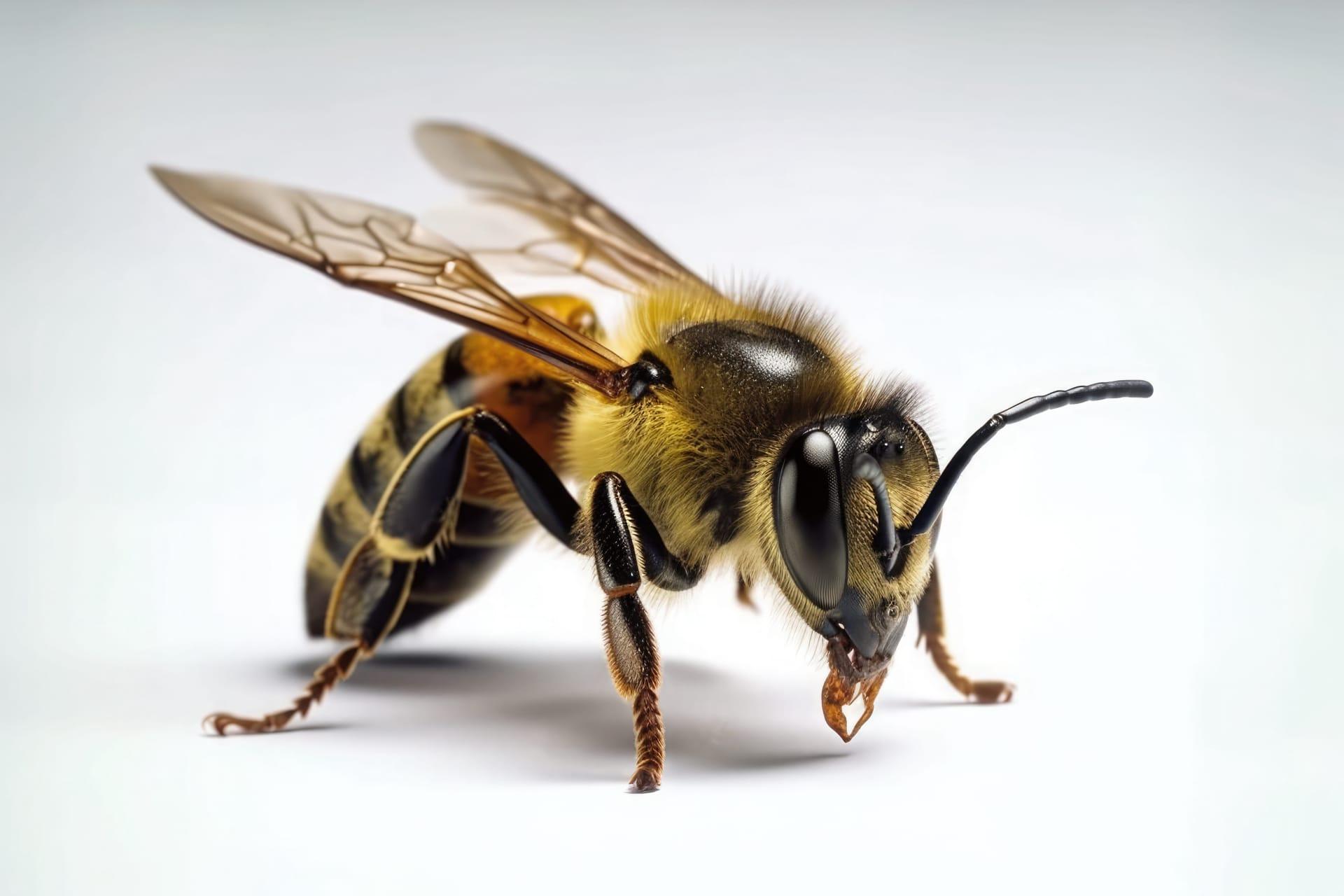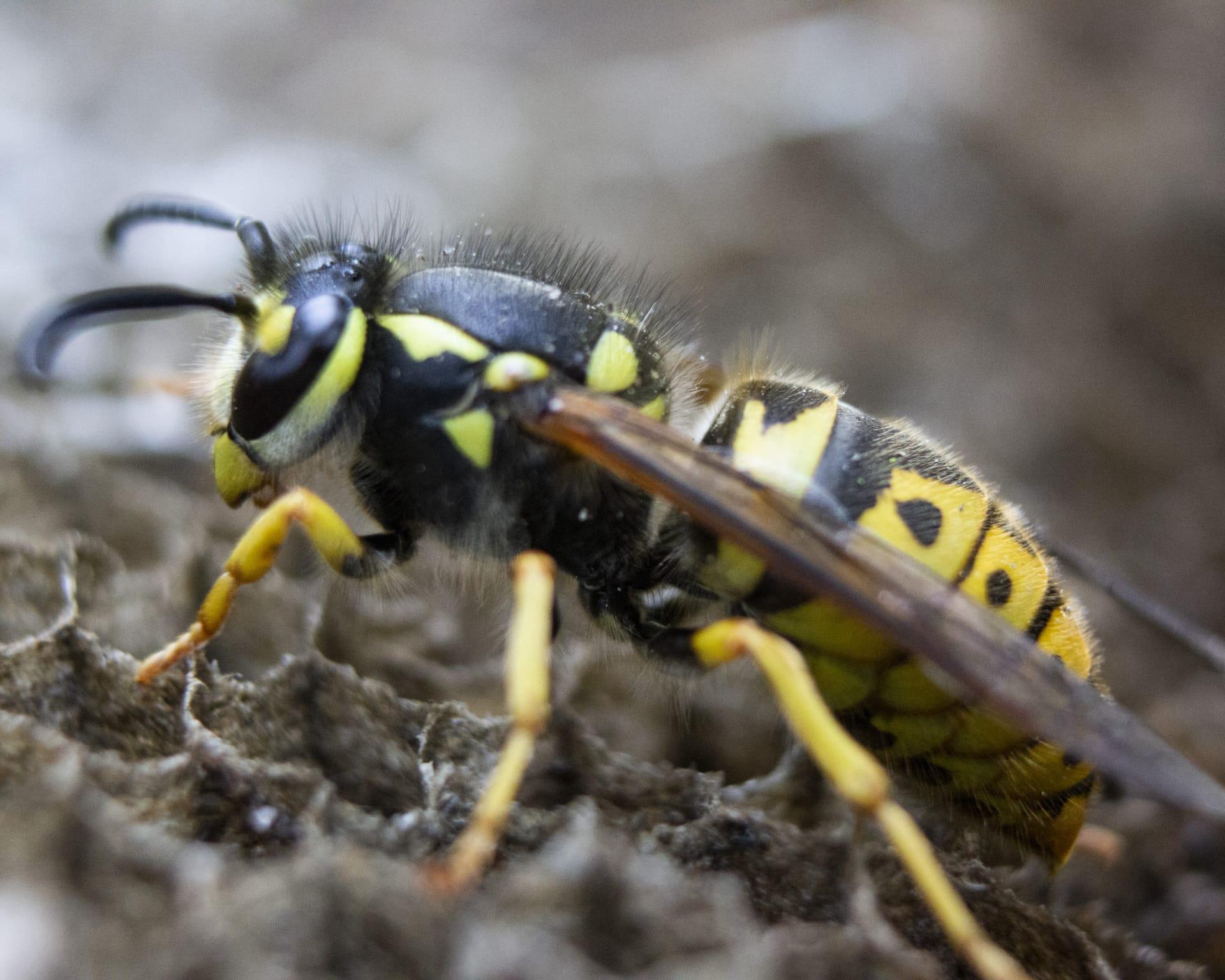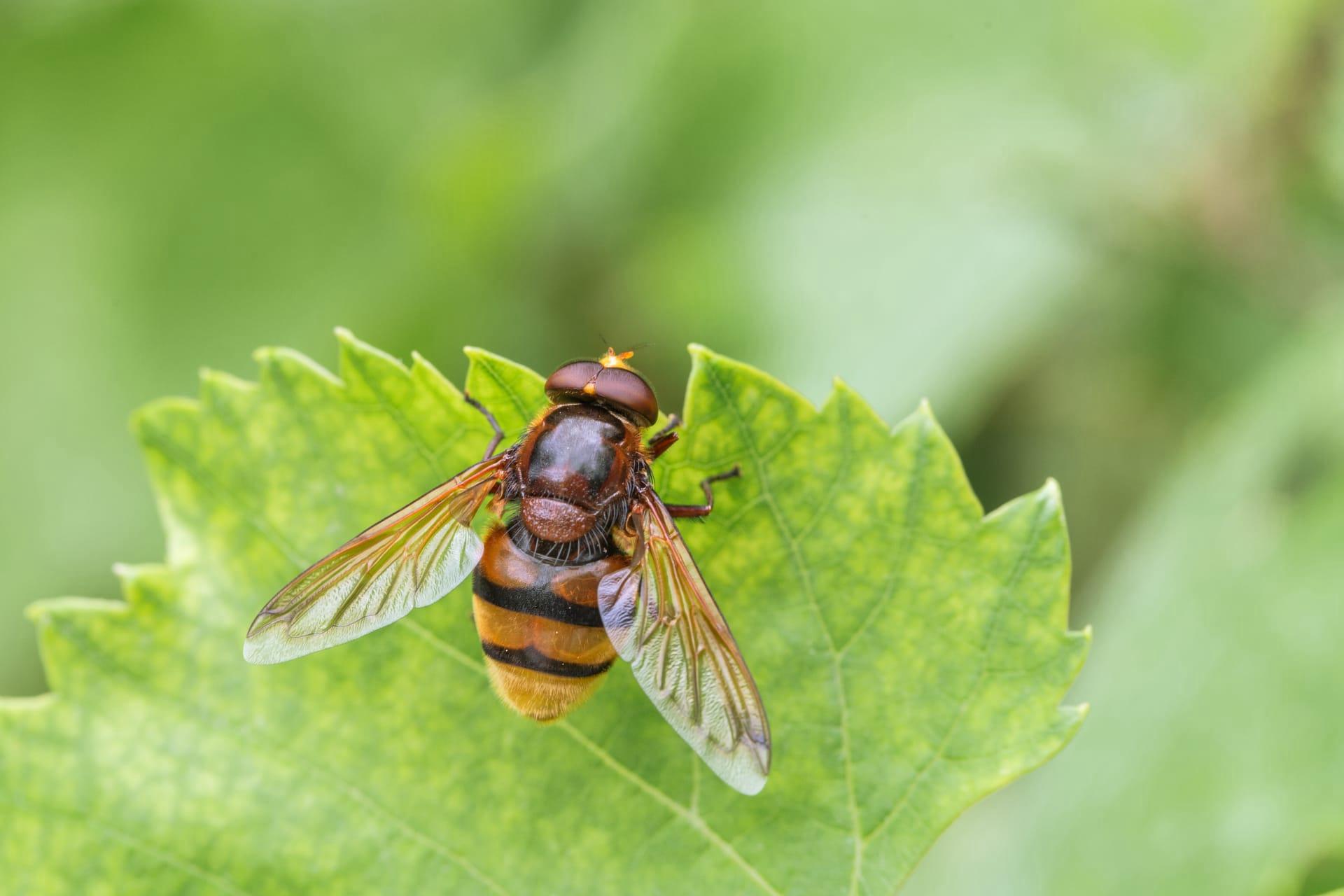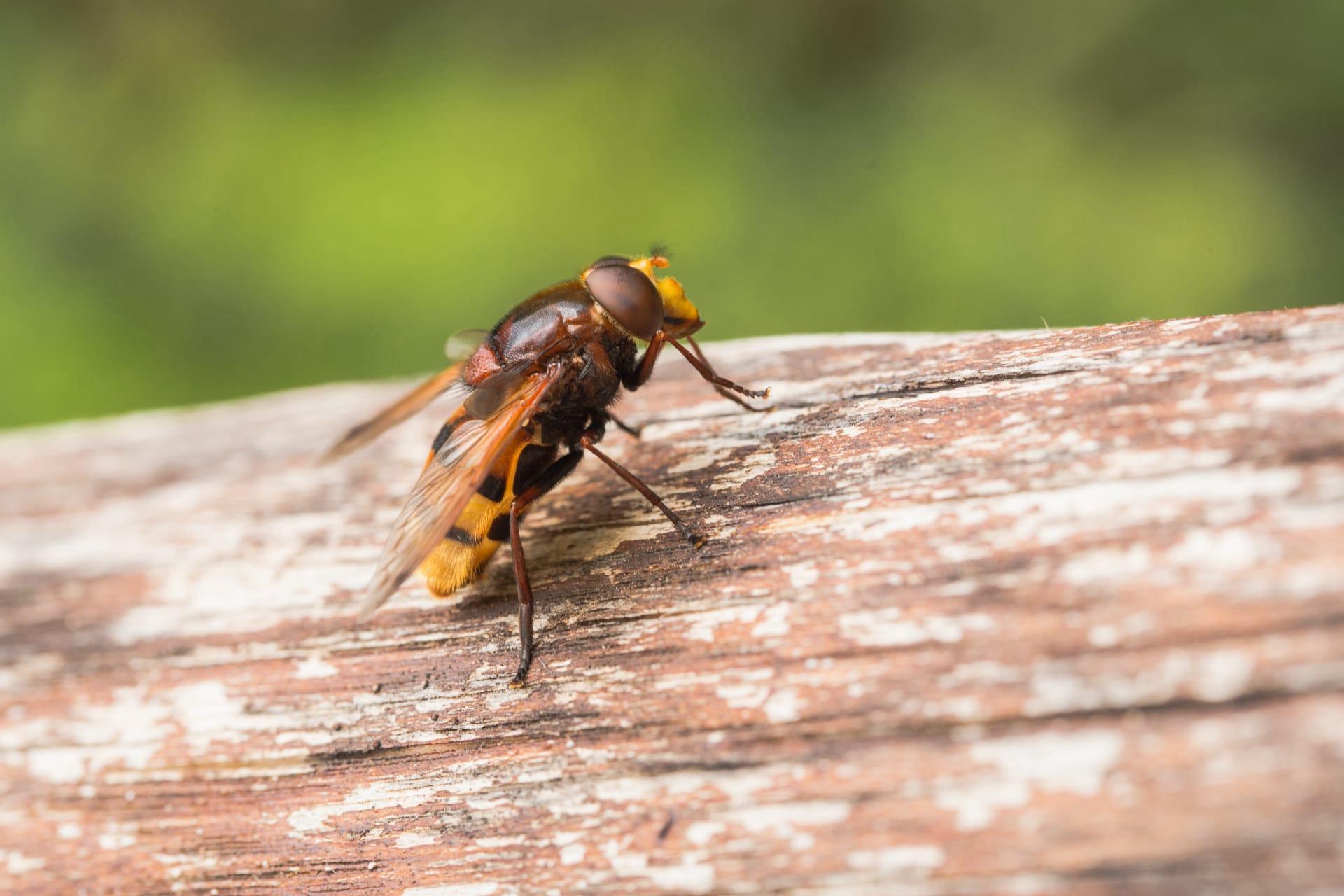Hornets Insect Trivia
- Home /
- Trivia Question /
- Animal /
- Hornets Insect Trivia
1
Question: How large can hornets grow, and are there significant size differences among species?
Answer: Hornets, a type of wasp, can vary significantly in size depending on the species. The average hornet ranges from 0.5 to 2 inches (1.3 to 5 cm) in length. The Asian giant hornet, also known as the 'murder hornet,' is the world's largest, measuring up to 2 inches (5 cm). In contrast, the smaller European hornet is about 1.2 inches (3 cm) long. These size differences can affect their hunting and defense behaviors.
Question: What is the lifespan of a hornet, and how does it vary throughout its life stages?
Answer: Hornets have a relatively short lifespan, which varies through their stages of development. Worker hornets, which are sterile females, live about 20 to 25 days. Male hornets, which emerge later in the season for mating purposes, have a lifespan of around 40 days. The queen, the only fertile female in the colony, can live up to one year. She spends the winter hibernating and starts a new colony in the spring.

2
Question: Do hornets produce honey like bees, and what is the main purpose of their nests?
Answer: Unlike bees, hornets do not produce honey. Their nests, primarily built from chewed wood fibers mixed with saliva, serve as a home for the colony and a place to raise their larvae. Hornets are carnivorous and feed on insects, which they chew and feed to their larvae. In return, the larvae produce a sweet secretion that the adult hornets consume.
Question: Are hornets aggressive by nature, and how do they compare to bees in terms of aggression?
Answer: Hornets have a reputation for being aggressive, but they are generally not hostile unless provoked. They are more aggressive than bees in defending their nests. Hornets can sting multiple times, unlike honeybees, which die after one sting. However, hornets usually only attack when they feel their nest is threatened, displaying more defensive than offensive behavior.

3
Question: What role do hornets play in the ecosystem, and are they beneficial to the environment?
Answer: Hornets play a crucial role in the ecosystem. They are natural pest controllers, feeding on other insects like flies, caterpillars, and spiders, thus helping to maintain a balance in insect populations. Additionally, by consuming decaying fruit, they aid in the decomposition process, contributing to nutrient cycling in the environment.
Question: How do hornets communicate with each other within the colony?
Answer: Hornets communicate primarily through pheromones, chemical signals that convey information. They use these to mark trails, identify food sources, and alert other members of the colony to threats. Additionally, they employ body movements and vibrations for communication, especially in dark conditions inside the nest where visual cues are limited.

4
Question: What is the primary diet of hornets, and how does it change throughout their lifecycle?
Answer: The diet of hornets primarily consists of insects like flies, bees, and caterpillars. Adult hornets also feed on nectar, sap, and fruit juices. The larvae are fed a protein-rich diet of chewed insects provided by the workers. As the larvae develop, they require more protein, influencing the hunting behavior of the adult hornets to bring back larger or more nutritious prey.
Question: How do hornets construct their nests, and where are these nests typically located?
Answer: Hornets construct their nests by chewing wood into a papery pulp using their strong mandibles. They mix the wood fibers with their saliva to create a paper-like material, which they shape into hexagonal cells. Nests are typically located in sheltered places like hollow trees, attics, or under eaves. The location is chosen for protection against predators and environmental conditions.

5
Question: Can hornets see colors, and how does their vision compare to human vision?
Answer: Hornets have compound eyes which allow them to see colors, but their color perception is different from humans. They can see in the ultraviolet spectrum but have limited ability to distinguish red colors. This adaptation helps them in locating flowers and detecting movements, but their overall visual acuity is not as sharp as human vision.
Question: How do hornets contribute to the spread of plant species, and are they effective pollinators?
Answer: While hornets are not as effective as bees in pollination, they still contribute to the spread of plant species. As they forage for nectar, they inadvertently transfer pollen from one flower to another. However, their contribution to pollination is less significant compared to bees, as hornets are more focused on hunting insects and consuming other food sources.